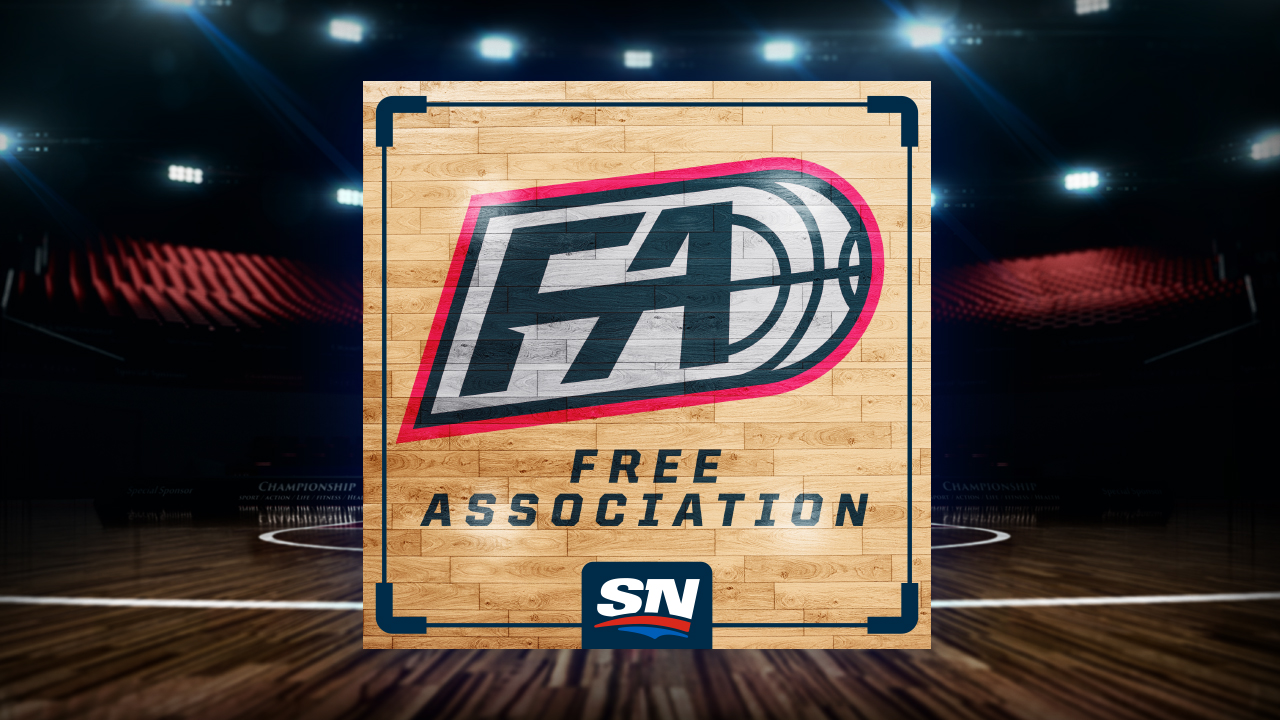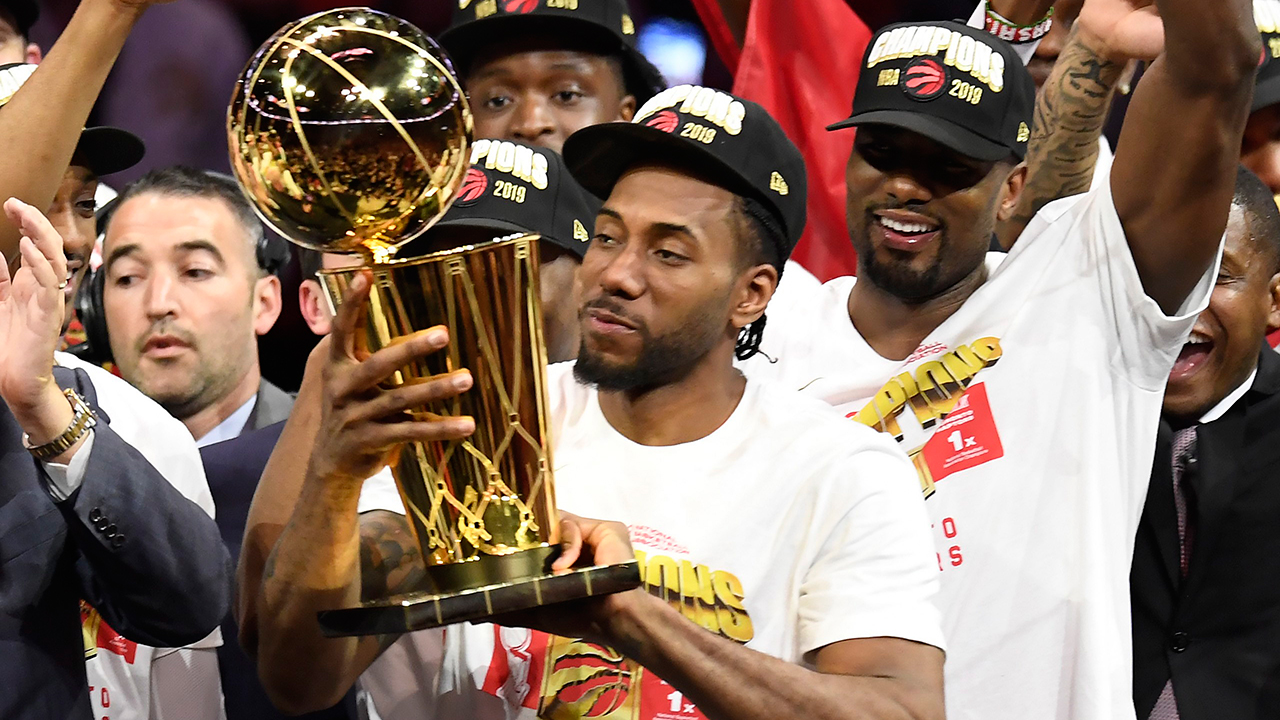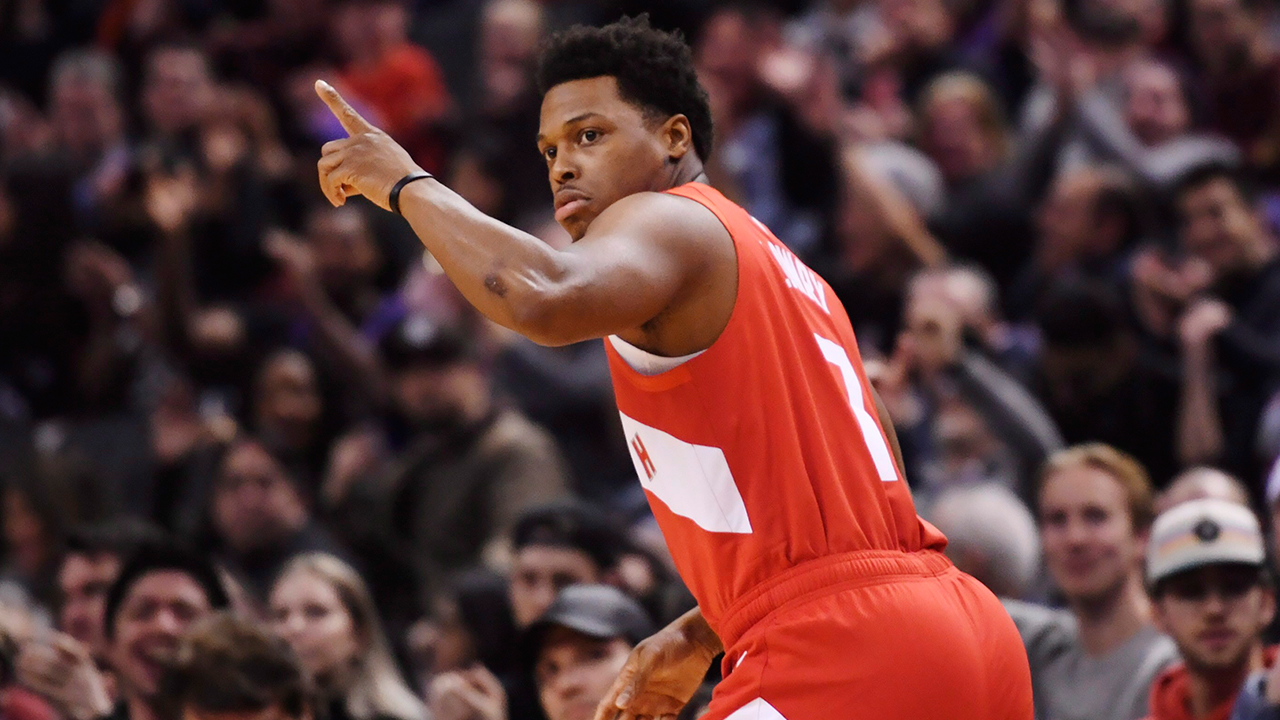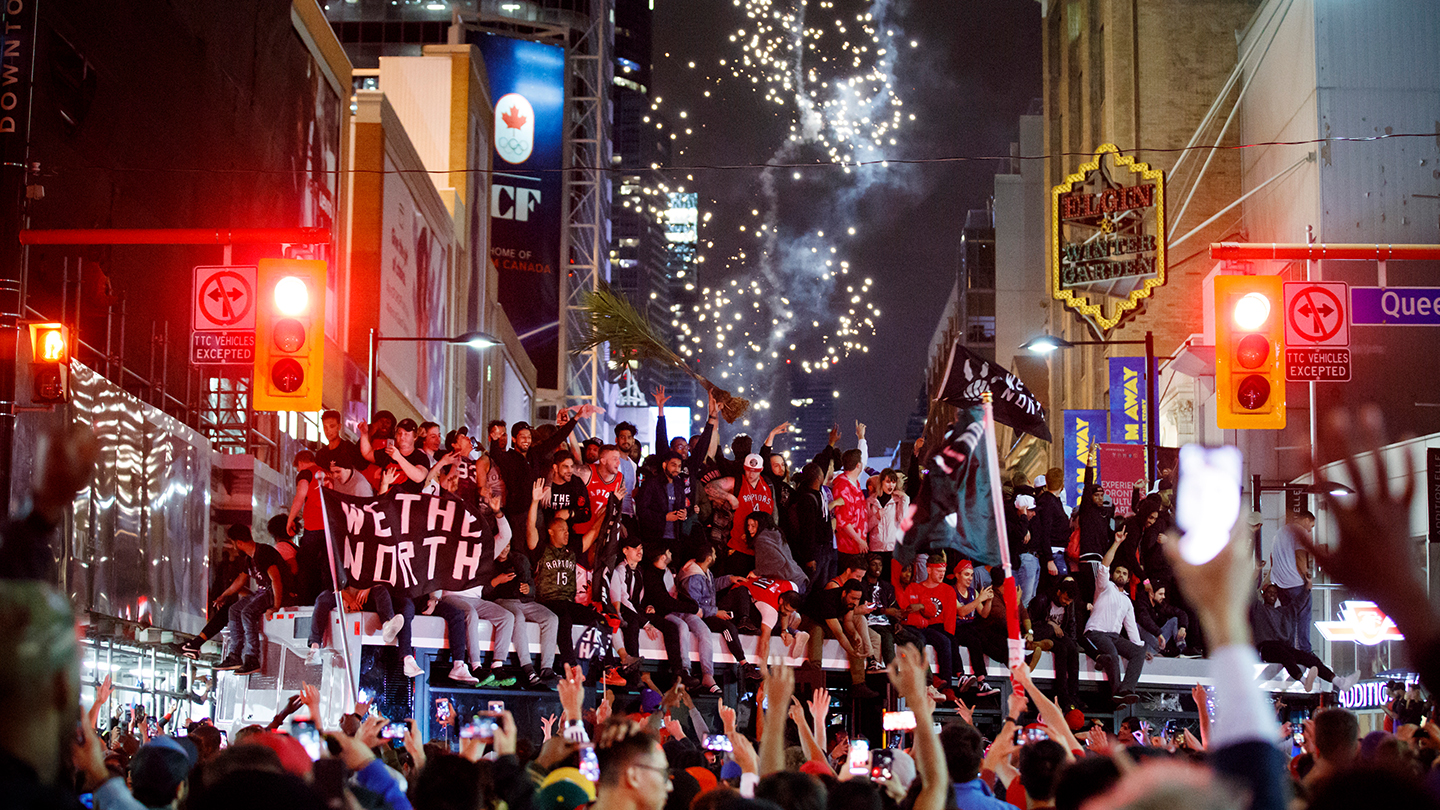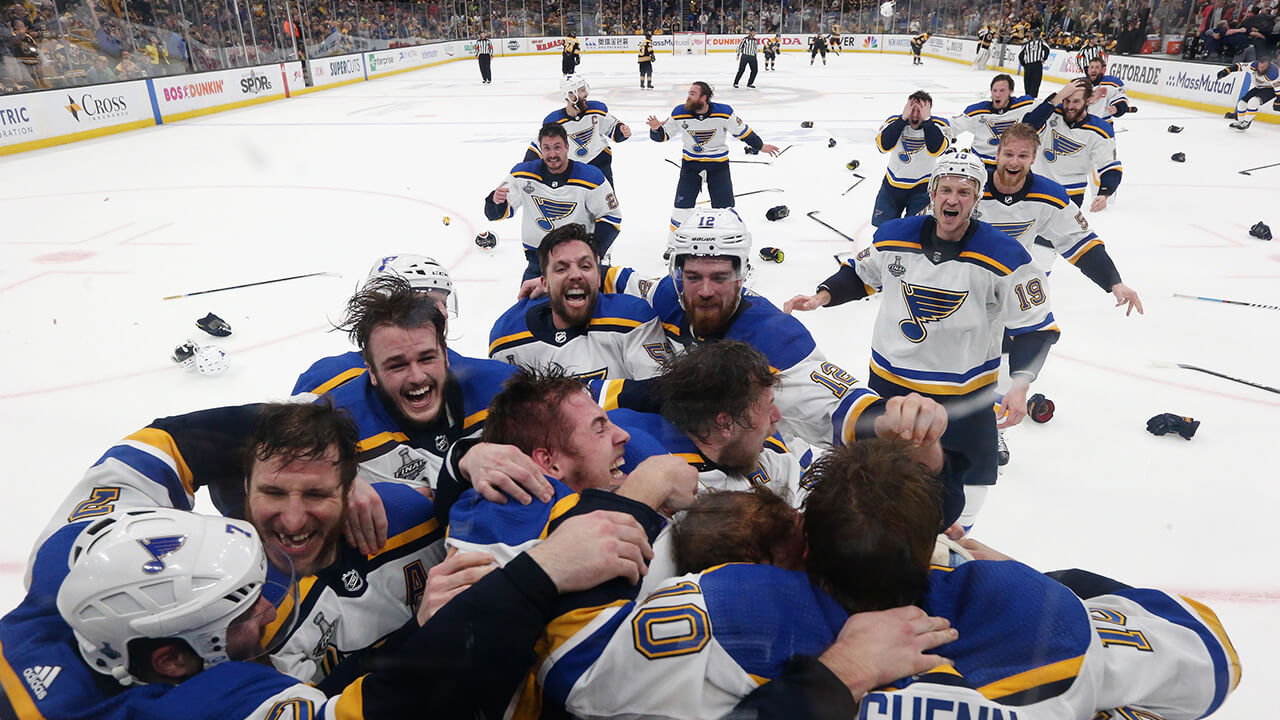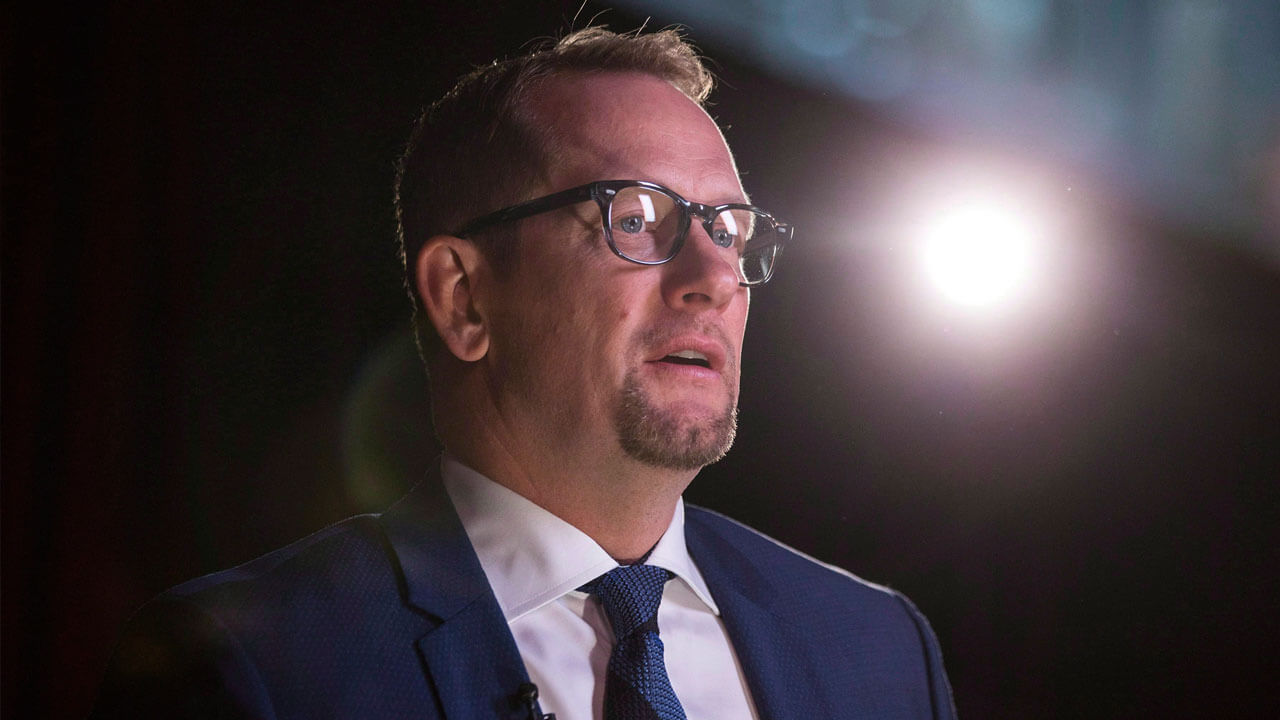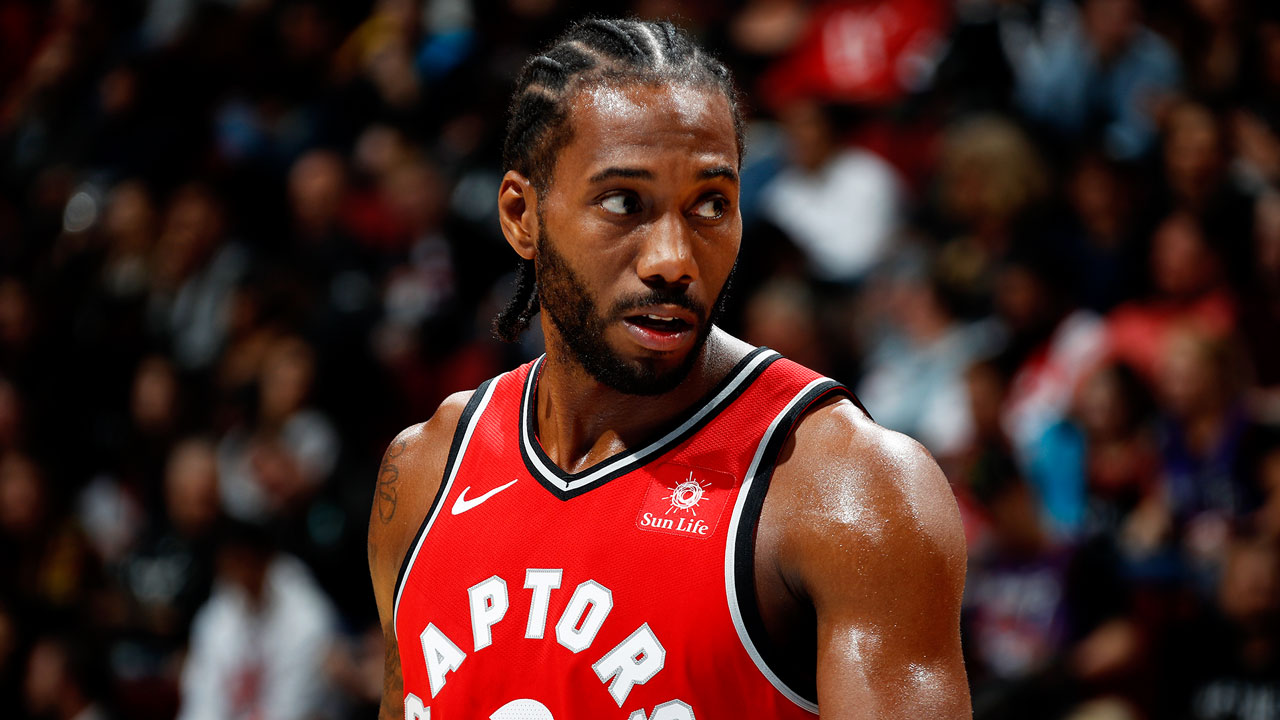Lowry was, of course, incensed. He was still thinking about the interaction several possessions later. And his teammates could tell. Gasol had words with him. Green, Leonard and VanVleet, too. Come on, Kyle. You’ve got to let it go. We need you. And it was after that rallying around him that the Raptors’ dagger run began. “If it wasn’t in this situation, things may have been — they probably would have been done differently, handled differently by me,” Lowry said. “I was furious, I’m not going to lie .… But those guys were like, ‘Try to come back here. We need you to stay in this moment.’”
If the Raptors had a motto in these playoffs, and in this season, that was it: Stay in the moment. Leonard and Lowry must have averaged more than a dozen uses per press conference. And their teammates fell in lockstep behind them. “We haven’t gotten ahead of ourselves all playoffs, all year,” said Fred VanVleet. “And we’re not going to start now.”
On that same whiteboard where someone had scribbled “Let it rip” there were plenty of other messages. The Warriors rotation was ordered along the left side. In the middle, defensive coverages for various Golden State lineups. And on the right side, some basic philosophies of how the Raptors wanted to play:
Sound minds
Trust your talk
Trust the coverage
Trust each other
For the Raptors, that poise, that resilience, that calm, that trust — it was an identity. “I think we just have a bunch of guys that are in the moment, understanding that we’re just going to keep playing and keep working. It’s been like this all year, to be honest,” Lowry said. “Even in training camp, it wasn’t like, oh, talking trash. It’s like, ‘Let’s come in and get our work in. And boom, boom, boom — let’s get out of here. Let’s work and get going.’”





